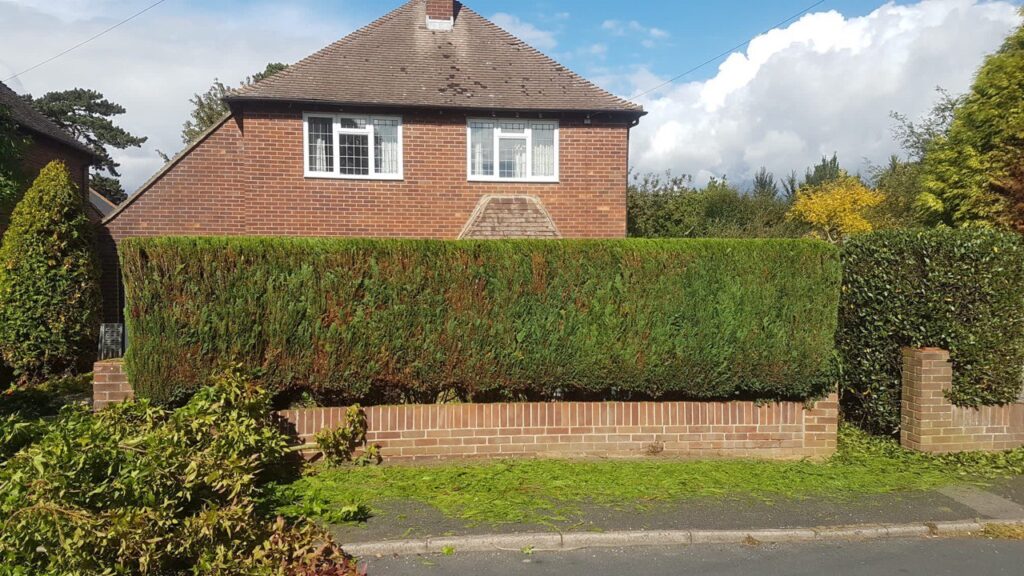Sustainable Arboriculture: Strategies for Tree Crown Reduction and Responsible Tree Removal
The delicate balance between preservation and practicality often comes to the fore in arboriculture when considering tree removal. While trees are cherished for their beauty and ecological significance, there are instances where responsible removal becomes necessary for safety, development, or environmental management. Amidst these considerations, tree crown reduction emerges as a sustainable strategy for managing tree removal while preserving the integrity of our green landscapes. Join us as we delve into the nuanced art of tree crown reduction and its role in fostering sustainable arboriculture practices.
Understanding Tree Crown Reduction:
Tree crown reduction represents a holistic approach to managing tree growth and canopy size while minimising the need for complete removal. Unlike traditional pruning methods solely focused on aesthetics, crown reduction prioritises structural integrity and hazard mitigation. By selectively reducing the size and density of a tree’s canopy, arborists can alleviate stress on compromised branches, promote balanced growth, and enhance the tree’s longevity.
Strategies for Sustainable Tree Removal:
- Risk Assessment and Planning: Thorough risk assessment and planning are paramount before embarking on tree removal. Arborists evaluate tree health, structural stability, proximity to structures or utilities, and environmental impact. By conducting comprehensive assessments, informed decisions can be made regarding the necessity of tree removal and the most suitable approach.
- Selective Crown Reduction: In cases where tree removal is deemed necessary, selective crown reduction offers a sustainable alternative. Arborists carefully assess the tree’s canopy, identifying and removing branches that pose risks or structural concerns. This targeted approach minimises waste and disruption while preserving the tree’s ecological value.
- Habitat Preservation: Trees provide crucial habitat for many wildlife species, from birds and insects to mammals and fungi. When considering tree removal, efforts should be made to mitigate habitat loss by preserving suitable trees and incorporating habitat enhancements into the landscape design. Retaining standing deadwood and creating wildlife-friendly features can help maintain ecological balance amidst tree removal activities.
- Wood Recycling and Repurposing: Sustainable tree removal extends beyond felling the tree—it encompasses responsible disposal and utilisation of wood material. Arborists can collaborate with local recycling centres, woodworkers, or biomass facilities to repurpose tree material into lumber, mulch, or biomass energy. By recycling wood waste, we minimise environmental impact and maximise resource utilisation.
Conclusion: Sustainable arboriculture practices are more crucial in urbanisation and environmental challenges than ever. By integrating tree crown reduction strategies and responsible tree removal techniques, we can balance conservation and development, ensuring the resilience and vitality of our urban forests. As stewards of our green spaces, let us embrace the principles of sustainability and preserve the natural legacy of our trees for generations to come.
Call us on: 01234 860 988
Click here to find out more about Cranfield Tree Surgeons
Click here to complete our contact form and see how we can help with your tree’s needs.

